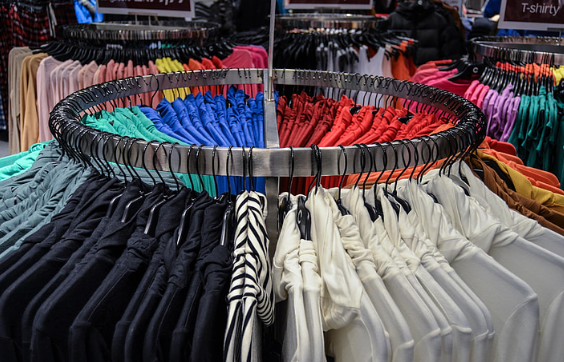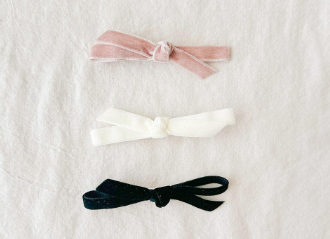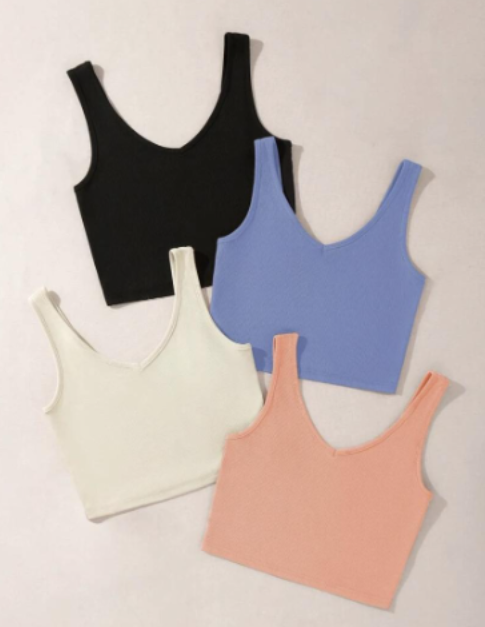In the past decade, the fashion industry has noted an increasing trend in consumerism. Driven by social media trends and a search for societal acceptance, teenagers are spiraling down the deep hole that is fast fashion. However, is the minute-long consumer euphoria worth the multitude of issues that arise before, during, and after the purchase?
Fast fashion is low-priced but stylish clothing circulating in retail stores as trends cycle through. The re-emergence of flared and low-rise bottoms, velvet tracksuits, Uggs, and printed baby tees are just a few notable examples. In an attempt to grasp this demand for products and turn it into a profitable business, brands such as SHEIN, Fashionnova, Forever21, Prettylittlething, and more produce cheaply-made trendy clothing items to satisfy their customers.
The reason that fast fashion clothing is cheap is that it is made at a low cost. Unfortunately, unregulated child labor is still occurring throughout the world. Retailers take advantage of this so that the cost of labor is low, thus maximizing profits. India, China, and Vietnam have the highest rates of child labor. Oftentimes, the working conditions are not safe or government-regulated. According to The Clean Clothes Campaign, in Bangladesh, one of the deadliest structural failures took the lives of over 1,000 workers and injured around 2,500. More than half of the workers inside the building were women and several children, too. The building contained apartments, clothing factories, and a bank. The factory owners were advised against putting as much heavy equipment as they did, as the structure could not support that much weight. The owners ignored any warnings, although noticeable cracks were developing. On April 24, 2023, the building collapsed. The unfortunate event sparked outrage in the world because of the ignorance to provide safe working conditions. So what exactly made the Rana Plaza tragedy significant in the whole fast-fashion discussion? Clothing for British quick fashion brand Primark and Italian store Bennetton was manufactured in Rana Plaza factories. As a result, the catastrophe served as a window into the industrialized world, where Western brands were adopting low-cost production to satisfy the demand from consumers who were ravenous for inexpensive clothing.
Inexpensive clothing is made of inexpensive materials, which could be synthetic polyester, elastane, viscose, and nylon. Wearing such materials can cause unwanted irritation and heat getting trapped, facilitating sweat and bodily discomfort, as uncovered by Bright Side. Synthetic polyester also contains harmful chemicals such as terephthalic acid and monoethylene glycol. This combination of chemicals makes it difficult for it to degrade, too. Thus, becoming a pollution issue. Materials that take a long time to degrade end up piling up in landfills and oceans.
Fast fashion aims to spoon-feed consumer trends sliding right off the runway and into stores quickly, later to be discarded after a few uses. Unfortunately, this facilitates the idea that one must constantly be updating their wardrobe to seem fashionable, rather than practicing minimalist fashion and buying timeless pieces that can be re-worn. This overconsumption and mindless discarding has made fashion one of the largest components of pollution.
Morris Knolls students have also noticed the impact of fast fashion within the Denville and Rockaway communities. As a school with a variety of programs and students from out-of-district, we bring in a variety of different styles and forms of artistic expression. In spite of this diversity, there is a rising worry over the social and environmental effects of rapid fashion. Students are growing more conscious of the harm that cheaply produced apparel causes to the environment and the laborers who produce it. As a result, there is a push in our school community to encourage ethical and ecological fashion choices. Morris Knolls students are working to change the fashion business and the community at large by organizing activities like clothes exchanges, thrift stores, and talks about the value of mindful consumption.
Sophomore Soniya Shah shared her opinion, saying “I think that fast fashion is something that has taken over the lives of almost every person, even when they don’t realize it. I see it in the clothes that I throw out every season in the spring, which some families call ‘spring cleaning.’ Recently, I’ve been donating clothes to make it feel less like I am wasting or hurting the environment, but I know that regardless the issue of fast fashion is still present in my life. Honestly, I’d call it a sickness that humans are causing themselves…buying is an addiction in my eyes and fast fashion is an outlet.”
Sophomore Olivia Alvarez added, “While I have not bought anything from any fast fashion company, I understand the appeal. The ethics are questionable, but it makes up for it since it is so inexpensive.”
So what is there to do?
The fashion industry is gradually changing to more environmentally friendly methods of consumption. Gen-Z environmentalists highly recommend thrifting clothing from consignment or resale stores as a strategy to support circular fashion and cut waste, as seen by statistics gathered from Digital Commerce 360. Moreover, purchasing classic, high-quality items from ethical clothing companies that value ethical labor standards and eco-friendly materials is becoming increasingly popular. As more individuals understand the value of mindful consumption and lessen the overall environmental effect of rapid fashion, minimalism is also growing in popularity. Individuals may contribute to a more ethical and sustainable fashion business by adopting these changes in their shopping patterns, which will ultimately aid in unraveling the negative aspects of rapid fashion.















